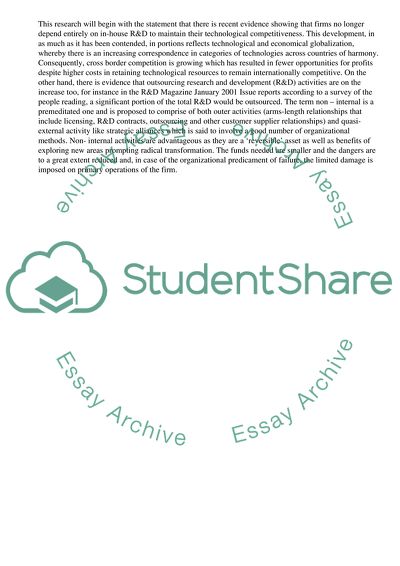Cite this document
(“The Pros & Cons of In-House Versus Outsourced R&D Activity for Assignment”, n.d.)
The Pros & Cons of In-House Versus Outsourced R&D Activity for Assignment. Retrieved from https://studentshare.org/business/1609418-the-pros-cons-of-in-house-versus-outsourced-rd-activity-for-technology-firms
The Pros & Cons of In-House Versus Outsourced R&D Activity for Assignment. Retrieved from https://studentshare.org/business/1609418-the-pros-cons-of-in-house-versus-outsourced-rd-activity-for-technology-firms
(The Pros & Cons of In-House Versus Outsourced R&D Activity for Assignment)
The Pros & Cons of In-House Versus Outsourced R&D Activity for Assignment. https://studentshare.org/business/1609418-the-pros-cons-of-in-house-versus-outsourced-rd-activity-for-technology-firms.
The Pros & Cons of In-House Versus Outsourced R&D Activity for Assignment. https://studentshare.org/business/1609418-the-pros-cons-of-in-house-versus-outsourced-rd-activity-for-technology-firms.
“The Pros & Cons of In-House Versus Outsourced R&D Activity for Assignment”, n.d. https://studentshare.org/business/1609418-the-pros-cons-of-in-house-versus-outsourced-rd-activity-for-technology-firms.


